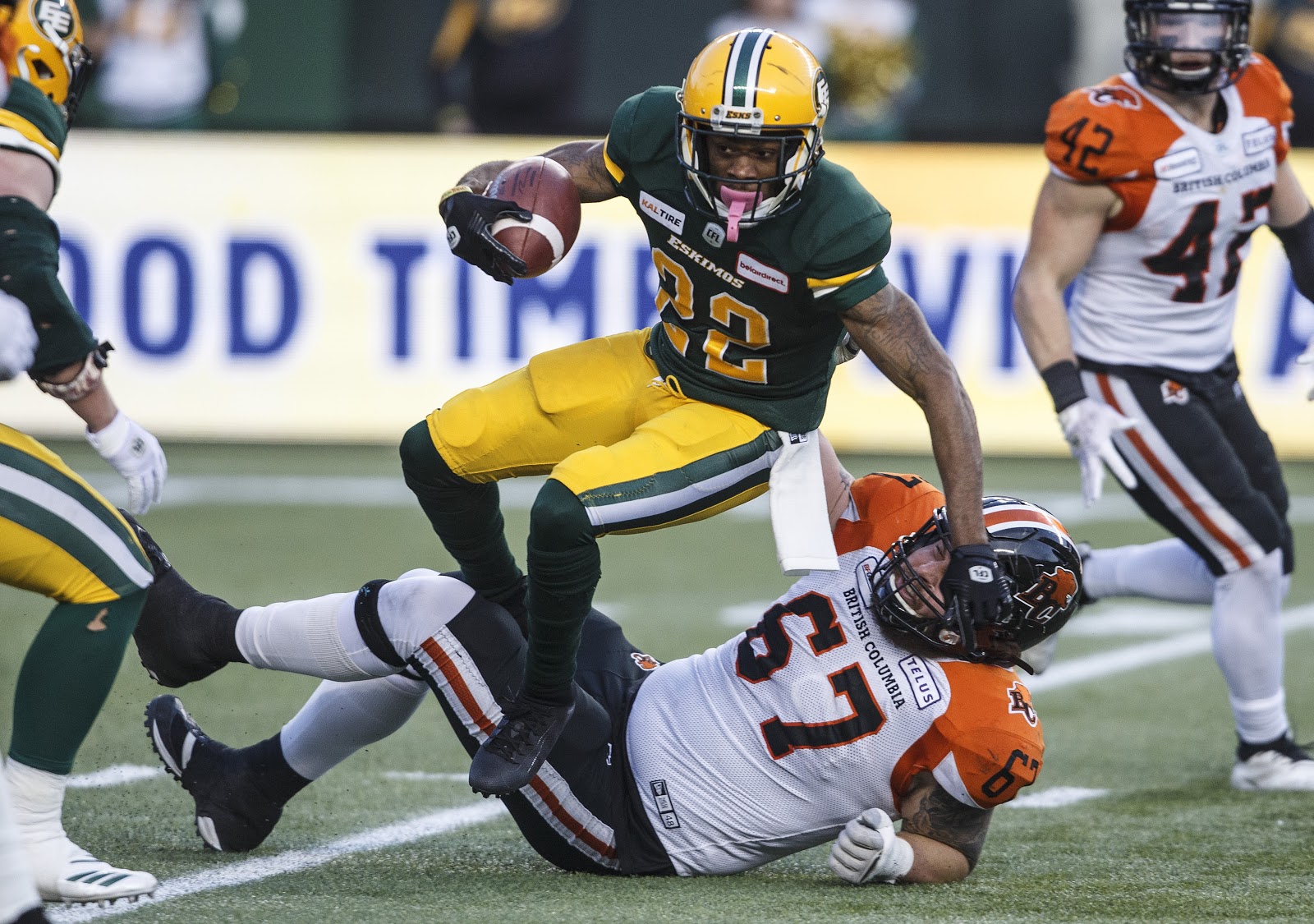
After technical hitches, the only replay broadcast was Rollie Stichweh's touchdown. The instant replay machine weighed 1,300 pounds (590 kg). ĬBS Sports Director Tony Verna invented a system to enable a standard videotape machine to instantly replay on December 7, 1963, for the network's coverage of the US military's Army–Navy Game. In hindsight it has been cited as the first known use of slow motion replay in television history. The end of the March 24, 1962, boxing match between Benny Paret and Emile Griffith was reviewed a few minutes after the bout ended, in slow motion, by Griffith and commentator Don Dunphy. However, it was incapable of displaying slow motion, instant replay, or freeze-frames, and it was difficult to rewind and set index points. Videotape was introduced in 1956 with the Ampex Quadruplex system. This can be framed as a novel media consumption modality of instantaneous time shifting.ĭuring a 1955 Hockey Night in Canada broadcast on CBC Television, producer George Retzlaff used a "wet-film" ( kinescope) replay, which aired several minutes later. It is no longer difficult for the end viewer to linger over the portions which present novel information, such as updated results from daily case counts or new epidemiological models, and then to speed through the dull parts at accelerated playback speed. During the COVID-19 pandemic, many jurisdictions have daily or weekly public health announcements which are available on streaming services such as YouTube and Facebook in near real-time.
#League replay player windows#
In the age of streaming media, live current events can be accessed by the final viewer with multiple streams of the same content playing concurrently in different windows or on different devices, often with direct end-user control over rewinding to a past moment, as well as an ability to select accelerated, slow-motion or stop-action replay speed. In media studies, the timing and length of the replay clips as well as the selection of camera angles is a form of editorial content with a large impact on how the audience perceives the events covered.īecause of the origin of television as a broadcast technology, a "channel" of coverage is traditionally a single video feed consumed in the same way by all viewers. Instant replay is used because the events are too large to cover from a single camera angle, events are too fast moving to catch all the nuance on the first viewing, the high points of the event are surrounded by much of a muchness, or punditry is supplied to punch the event up, such as analyzing the daring plunge of a plunging neckline to the last revealing millimeter. 2022 Winter Olympics opening ceremony), or live feeds to acts of terrorism currently in progress. the Oscars), grandiose opening ceremonies (e.g. Simpson murder case), royal weddings, red carpet events at major award ceremonies (e.g. monarchs, religious leaders such as the Catholic Pope, revolutionary leaders with mass appeal), political debate, legal proceedings (e.g. Outside of live action sports, instant replay is used to cover large pageants or processions involving major dignitaries (e.g. While the first near-instant replay system was developed and used in Canada, the first instant replay was developed and deployed in the United States.


Instant replay is most commonly used in sports, but is also used in other fields of live TV. Some sports allow officiating calls to be overturned after the review of a play. The video, having already been shown live, is replayed in order for viewers to see again and analyze what had just taken place. Instant replay or action replay is a video reproduction of something that recently occurred which was both shot and broadcast live. JSTOR ( December 2017) ( Learn how and when to remove this template message).Unsourced material may be challenged and removed. Please help improve this article by adding citations to reliable sources. This article needs additional citations for verification.


 0 kommentar(er)
0 kommentar(er)
